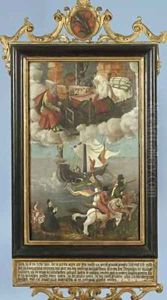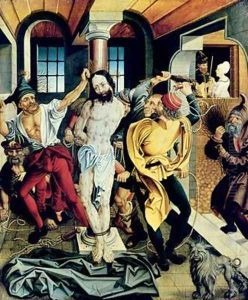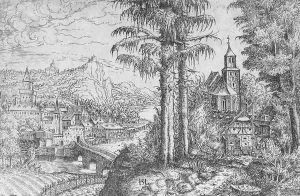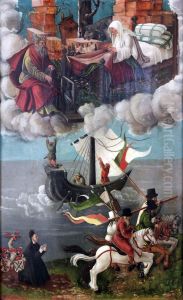Paul Lautensack Paintings
Paul Lautensack was a German painter, organist, and mathematician born in 1478 in Bamberg, then part of the Holy Roman Empire. He is most renowned for his religious paintings, particularly those depicting biblical scenes and themes. Lautensack's life was marked by his dual interests in art and science, and he often sought to combine these disciplines in his works.
Lautensack's artistic career was shaped by the context of the Northern Renaissance, a period characterized by a renewed interest in classical learning, a burgeoning of the arts, and the advent of humanism. While there is limited information about his early training as an artist, it is evident from his works that he was influenced by the intricate detail and vivid realism that were hallmarks of Northern Renaissance art.
Throughout his career, Lautensack was known to have worked in various cities including Nuremberg and Bamberg. His paintings often featured complex iconography and he was particularly adept at using perspective and architectural elements to frame his religious narratives. His style reflected an interest in conveying spiritual messages through a careful study of nature and human form, a characteristic of Renaissance art that sought to merge earthly and divine beauty.
Aside from his paintings, Lautensack was respected for his skill as an organist. His understanding of mathematics and geometry not only played a role in his musical endeavors but also in his approach to visual composition. He is noted for his theoretical works on the proportions of the human body and on musical harmony, which reflect the Renaissance ideal of the 'uomo universale' or universal man, skilled in a wide range of intellectual pursuits.
Lautensack's influence extended beyond his lifetime, and while he may not be as widely recognized as some of his contemporaries, his works contribute to the rich tapestry of Renaissance art. He passed away in 1558, leaving behind a legacy that encapsulates the interdisciplinary spirit of his time. His surviving works continue to be studied for their fusion of artistic and scientific principles, offering insights into the intellectual curiosity that defined the Renaissance epoch.



